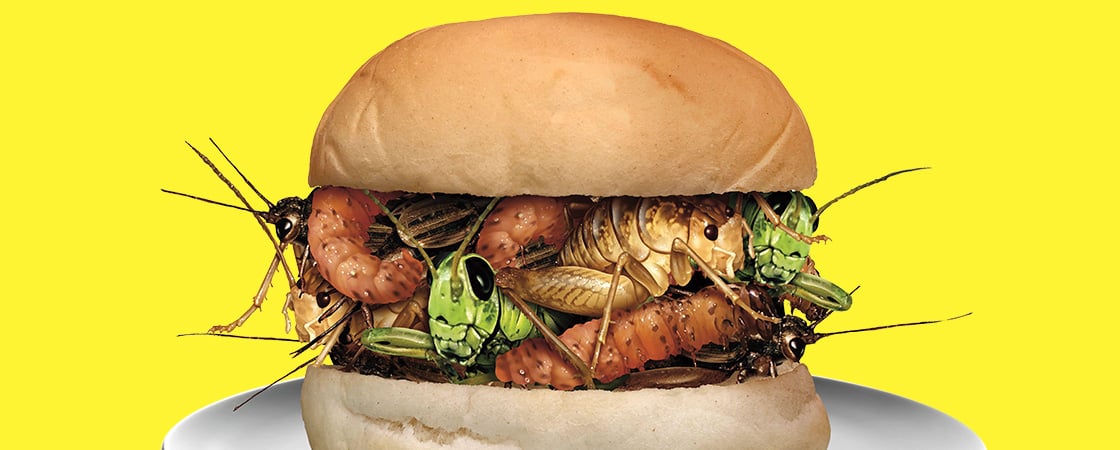If insects are so great, why don’t more Americans eat them? One reason is that we have learned to stay away from bugs. Bees can sting. Mosquitoes can spread diseases. Fear keeps us from eating things that might hurt us.
Plus, not many companies sell bugs to eat. So food made from insects is pricey. A bag of cricket chips costs up to ten times more than the same amount of ground beef.
And while many bugs are safe to eat, not all of them are. Some bugs could make us sick. There’s a lot we still don’t know about cooking these wriggly creatures safely.
So you may not see a bowl of bugs in your lunchroom this year. But this could change. When sushi was first served in the U.S., many Americans didn’t want to eat raw fish. Now there are thousands of sushi restaurants across the country.
Maybe one day you’ll see chocolate-covered ants on the menu at your school’s cafeteria. Would you try them?

